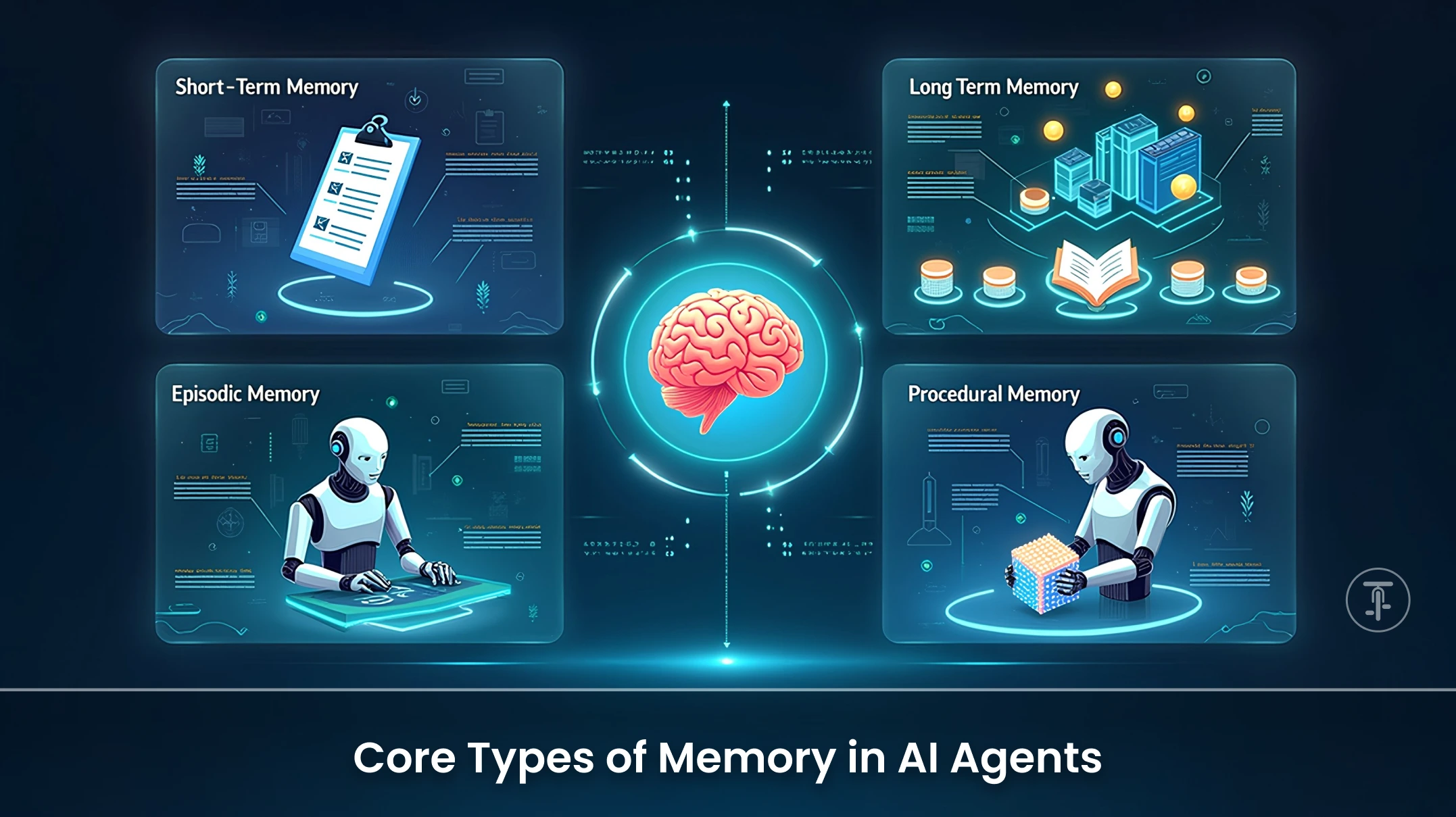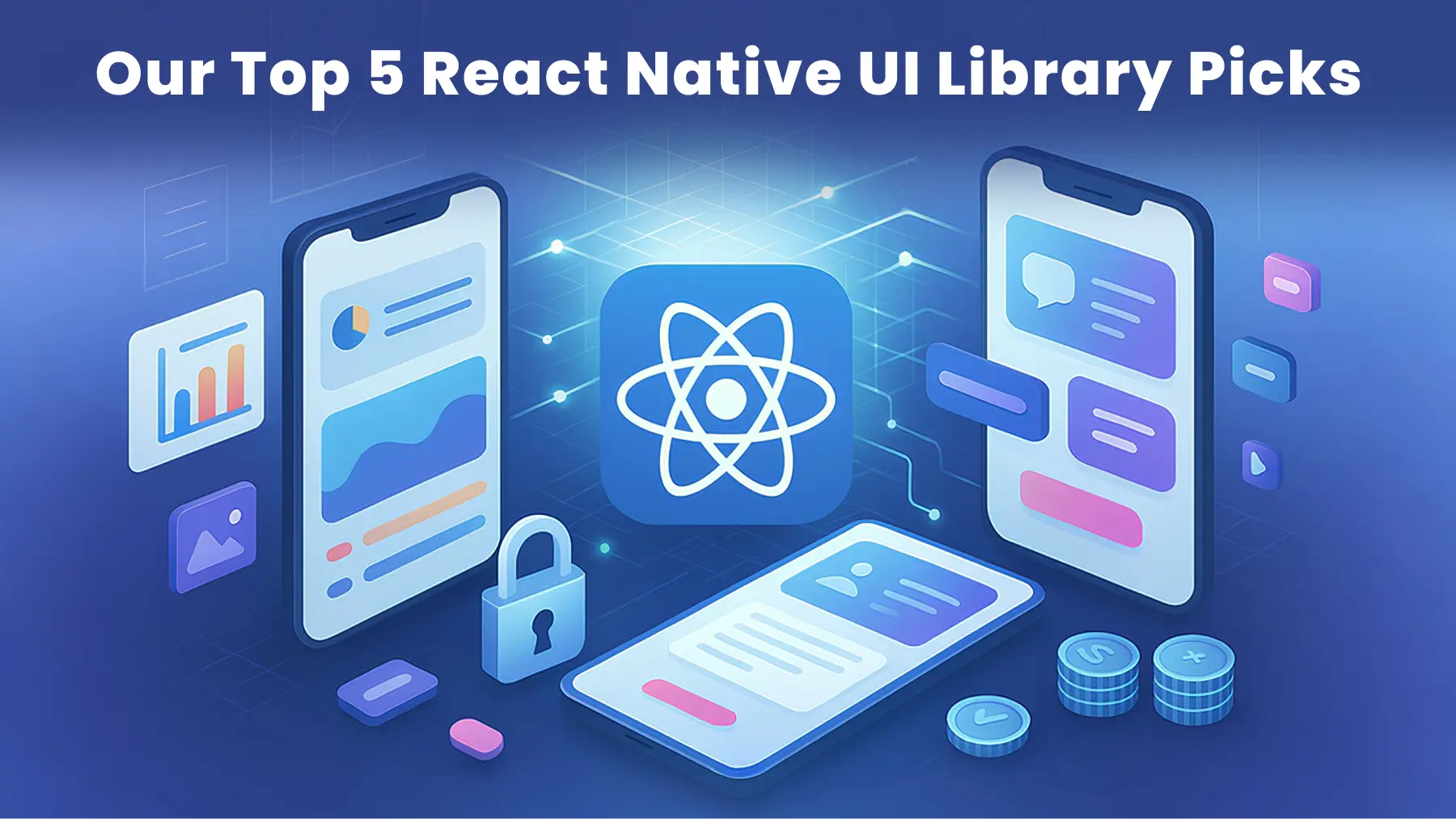Introduction
What truly separates a groundbreaking AI solution from a simple automation tool? It’s not just processing power or complex algorithms; it’s an AI’s ability to remember, learn, and apply past experiences. Without robust memory systems, even the most sophisticated AI would be stuck in an endless loop of real-time processing, unable to evolve or perform complex tasks.
This foundational aspect of AI memory is critical for building intelligent, adaptable, and high-performing AI agents. In today’s rapidly evolving digital landscape, understanding how AI agents retain and retrieve information is paramount for effective implementation.
At Pedals Up, we frequently encounter businesses struggling to leverage AI effectively due to underdeveloped memory capabilities in their AI architectures. The challenge isn’t just building an AI; it’s building an AI that remembers and learns.
So, what are the different types of memory that empower AI agents to move beyond simple automation and truly understand their environment, adapt to new situations, and deliver genuine value? Let’s explore the fascinating world of AI agent memory architectures.
Why is Memory Important for AI Intelligence?
Imagine a self-driving car that “forgets” the road layout every few seconds, or a chatbot with no recollection of your previous interactions. Such AI systems would be ineffective. Memory provides AI agents with context, continuity, and the ability to learn from past actions and observations. It drives:
- Learning: Storing experiences to improve future decisions.
- Adaptation: Adjusting behavior based on new information.
- Problem-Solving: Accessing relevant information for complex challenges.
- Efficiency: Avoiding redundant computations by remembering previous outcomes.
Without effective memory, AI agents would be stateless, operating from scratch, incapable of developing genuine intelligence.
Core Types of Memory in AI Agents

Just as humans possess various forms of memory, AI agents are designed with different memory architectures for distinct purposes. Understanding these distinctions is crucial for designing effective AI solutions.
1. Short-Term Memory (STM) / Working Memory
Think of STM as an AI’s temporary scratchpad. It stores information immediately relevant to its current task, offering fast access but with limited, volatile capacity.
- Characteristics: Limited capacity, volatile, fast access.
- Real-Life Examples:
▪️Chatbots: Remembering the last few user sentences to maintain conversational flow.
▪️Reinforcement Learning Agents: An agent in a game remembers recent moves to decide its next action.
STM is essential for continuous reasoning and decision-making in dynamic environments.
2. Long-Term Memory (LTM)
LTM is an AI’s permanent, vast library. It stores information over extended periods, offering high capacity and non-volatility, though with slower access than STM.
- Characteristics: High capacity, non-volatile, slower access.
- Real-Life Examples:
▪️Knowledge Bases: The extensive database of facts and rules powering a medical diagnostic AI.
▪️Large Language Models (LLMs): The billions of parameters learned during training allow them to generate text and answer questions.
▪️Recommendation Systems: Storing user preferences and past purchases to generate personalized recommendations.
LTM allows AI agents to learn from massive datasets, generalize from experiences, and build comprehensive domain understanding.
3. Episodic Memory
Episodic memory in AI mirrors human recall of specific events and their context (when/where they happened). It’s vital for learning from unique experiences.
- Characteristics: Contextual, event-oriented, often temporal.
- Real-Life Examples:
▪️Autonomous Vehicles: Remembering a specific unexpected obstacle encountered at a particular intersection on a rainy day, informing future driving decisions.
▪️Customer Relationship Management (CRM) AI: Remembering the specific details of a challenging customer interaction, including tone and resolution steps, to inform future interactions.
Episodic memory allows AI agents to build a “story” of their past, enabling richer contextual understanding.
4. Procedural Memory
Procedural memory is about an AI’s “knowing how” to do things – learned skills and automated responses executed without explicit recall of individual steps.
- Characteristics: Skill-based, implicit, automated.
- Real-Life Examples:
▪️Robot Manipulation: A robotic arm has learned precise motor control sequences to grasp objects.
▪️Game-Playing AI: An AI agent playing chess, where optimal strategies become ingrained through millions of practice games.
Procedural memory enables AI agents to carry out complicated tasks effectively and dependably, accumulating a skill set.
How Different Memory Types Collaborate
These memory types constantly interact to create cohesive, intelligent AI systems. Information from STM can be consolidated into LTM, while LTM provides context for active processing in STM. Episodic and procedural memories contribute to the broader LTM framework, influencing future decisions. This intricate collaboration enables AI agents to exhibit sophisticated behaviors beyond simple rule-based systems.
Optimizing AI Memory Architectures
At Pedals Up, we understand that designing effective AI agent memory architectures requires a deep understanding of the specific use case, data, and desired AI behaviors. Our approach focuses on building robust, scalable, and intelligent AI solutions by meticulously designing and implementing appropriate memory systems.
In a recent project, we developed an advanced AI agent for a major financial institution to detect subtle fraud patterns. Traditional systems struggled with fraudulent activities spread across time and accounts.
- Transactional Short-Term Memory: For real-time processing of transaction streams.
- Extended Episodic Memory: Linking individual transactions to broader customer activities, time, and location, building a “story” around financial behavior.
- Long-Term Semantic Memory: A comprehensive knowledge base of fraud patterns and legitimate behaviors.
The Impact:
This contextual episodic memory allowed the AI to identify complex fraud rings that operated by spreading small transactions over time. It could “remember” these seemingly unrelated events and flag them as suspicious, leading to a 35% increase in fraud detection accuracy and a significant reduction in false positives. This highlights how critical a well-designed memory system is for real-world AI performance.
This illustration highlights the significance of the selection and utilization of appropriate memory types. Those firms using AI effectively and tapping its potential for data-driven insights reap 3.5 times greater economic benefits, suggests Accenture. Effective integration’s central aspect is strong memory management for AI.
Partner with Pedals Up for Smart AI Solutions
Understanding AI agent memory architectures is fundamental to building truly intelligent and high-performing AI solutions. At Pedals Up, we engineer intelligence by designing sophisticated memory systems from real-time caches to vast knowledge bases and contextual episodic modules. This ensures your AI agents are equipped to learn, adapt, and excel.
Ready to build AI agents that truly remember, learn, and perform?
Explore our comprehensive AI Development Services to see how we can transform your vision into a powerful, intelligent reality. Let Pedals Up be your partner in navigating the complexities of AI.




